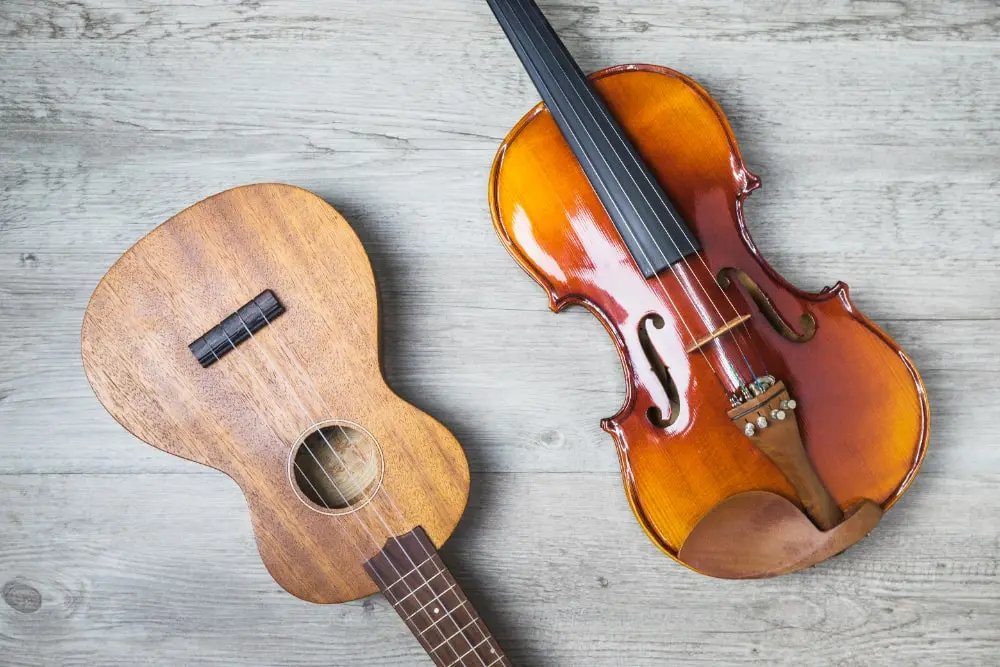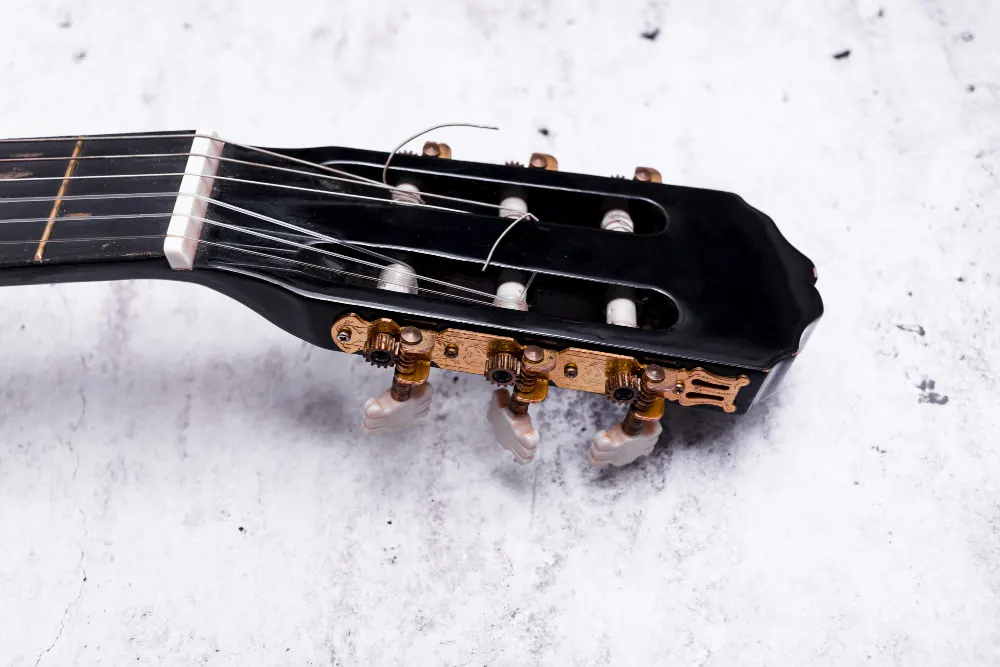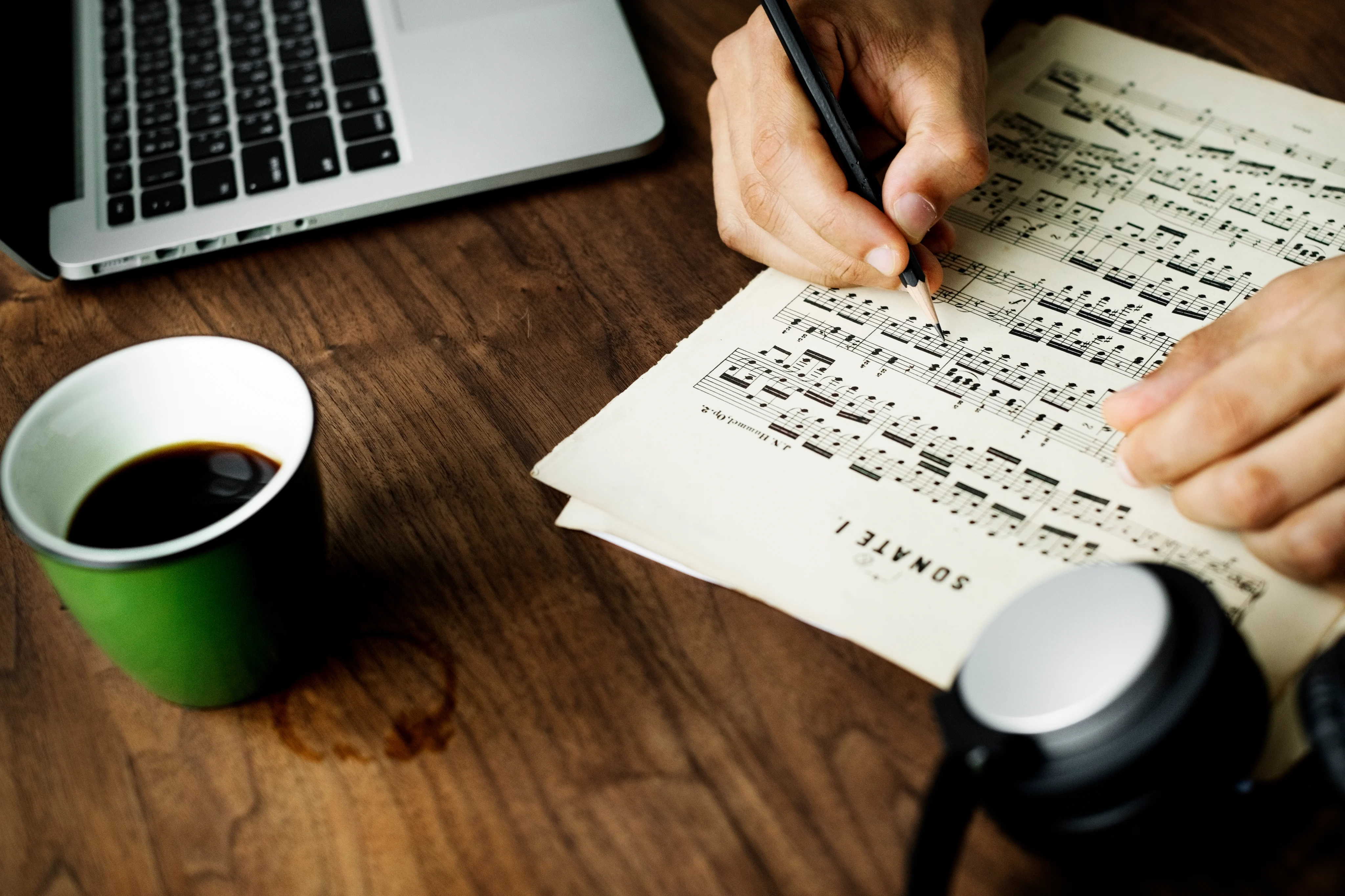Are you starting on your musical journey with a guitar? Here’s an important step for you – Guitar Chord Charts! They give you an easier way of learning the necessary chords and notes and allow you to start playing songs immediately. Now, you may be asking, “What are chord charts?” Well, don’t worry. At Artium Academy, we stand ready to help you.
Chord charts can be considered as roadmaps for your fingers and they show where to press down on the strings to play a specific chord while using a major chord guitar. With the help of online guitar classes, mastering these charts will allow you to easily play countless songs. To ensure you understand the idea of guitar chord charts properly, here is a simple guide to help you do just that. We’ll share some tips and tricks to make your learning more smooth and efficient.
What Are Guitar Chords?
Guitar chords are a sequence of three or more notes played simultaneously. They provide a foundation for creating harmony within music and are the fundamental building blocks for most songs. While playing music, chords can be played in various positions and voicing, which allows for many different sounds and styles.
In music, chords play a key position in establishing a song’s tone and the emotion it wants to convey. In the case of major chords, songs sound more upbeat and happy, whereas minor chords sound slow, sombre and evoke a more emotional tone.
Introducing Guitar Chord Diagrams
A guitar chords chart is a visual diagram that tells you where to place your fingers when wanting to play certain chords. It is a simple and useful tool that makes memorizing chords and their positions easier, especially for beginners.
So, how do you read a guitar chord chart? Well, let us at Artium Academy tell you. Here is what beginner guitar chord charts contain:
- The Grid: A typical guitar chord chart looks like a small grid. The vertical lines on the grid represent the strings of the guitar (from left: low E, A, D, G, B, and high E), and the horizontal lines represent the frets (the metal strips on the neck of your guitar).
- Dots: A guitar chord chart also has dots on the diagram. These dots indicate the placement of your fingers. Each dot sits at the intersection of a string and a fret, telling you exactly where to press down.
- Numbers: In some cases, you can also find numbers next to or below the dots. The reason for these numbers is that they indicate which finger to be placed at the corresponding position:
- 1 = Index Finger
- 2 = Middle Finger
- 3 = Ring Finger
- 4 = Pinky Finger
- Open and Muted Strings: At the top of the chart, above the strings, you may see an ‘X’ or an ‘O’.
- ‘X’ refers to a string that must not be played.
- ‘O’ refers to a string that is played open. (Without holding down on any fret.)
Using a Chord Chart for Open Chords
So, basic guitar chords for beginners would be practising with open chords. Open chords refer to the notes played through open strings (ones where you play without holding down on any fret). This will allow for a smooth and easy start using a major chord guitar.
To help you begin, here’s a step-by-step guide on how to read and play a chord chart for common open chords (C, G, D, E):
- First, you must understand the parts of the chart right. The vertical lines are the strings of the guitar, the horizontal lines are the frets and the dots show you where to place your finger.
- C Major Chord: Place your index finger (1) on the first fret of the B string. From there, place your middle finger (2) on the second fret of the D string. Finally, place your ring finger (3) on the third fret of the A string.
- Next, you check for which strings are Open (O) and which are Muted (X). This will help you to play the chords in the right position.
- For the C Major Chord, the high ‘E’ string will have an ‘O’ over it, so play that open. However, the low ‘E’ string will have an ‘X’ over it, so don’t strum that string.
- Now that you know your positions, place your fingers at their respective places and strum the guitar. Strum down from the ‘A’ string to the high ‘E’ string. Try to make sure that each note rings out clearly.
Now, the C Major chord is just the beginning of the guitar chords chart. Practising with the other major chords – ‘D’, ‘G’, and ”E’—is also necessary to learn and practise. That is how you will improve your skills and abilities with a guitar. Switching between these chords will improve your ability to play and enhance your muscle memory.
How to Play Barre Chords with Chord Charts
Your next step in learning beginner guitar chord charts is to understand what Barre Chords are. Unlike open chords, barre chords require you to use one finger (normally your index finger) to hold down on multiple strings at once, essentially creating a ‘bar’ on the fretboard. This allows for the creation of various chord shapes. They are tricky at first but like everything else, constant practice will improve your understanding and your skills. Taking an online guitar course like what we offer will help streamline the learning process for you.
Barre chords are extremely versatile because their shapes can be moved up and down the fretboard of a major chord guitar. This allows you to play many different chords with just a few patterns. Some common examples of barre chords are the ‘F’ Major (F) barre chord and the ‘B’ Minor (Bm) barre chord.
- The ‘F’ Major chord is usually played with an ‘E’ Major shape barre chord and your index finger acts as the barre on the first fret.
- The ‘B’ Minor chord is normally played with an ‘A’ Minor shape barre chord and the barre on the second fret.
To efficiently play barre chords, you need to build up your strength and technique. As you keep practising, they will improve on their own but here are some tips to help you along the way:
- Start by practising slowly. Take your time learning the chord shapes and don’t worry about speed. Your focus should be on playing each string clearly.
- Slowly but surely, your hand strength will get better and the same goes for your stamina. If you start getting cramps, take a break!
- To make it easier for your finger placements, use the side of your index finger to get more leverage and clarity on the strings.
Taking it step-by-step is completely fine. Gradual practice will be easier to handle but it will allow you to have a much better handle on barre chords and the guitar chords chart as a whole. Starting with simpler barre chords, and fully mastering them before moving on to more advanced ones is the best course of action for you to learn everything about barre chords.
Different Types of Guitar Chords
Each type of guitar chord brings its own unique flavour and character to music. No matter what genre of music you want to play, understanding these chords can open endless possibilities and combinations that eventually lead to you making your own unique style of music.
Let’s look at some of the most common chords on the guitar chords chart, shall we?
- Major Chords: Considered as the building blocks of music, major chords usually have a bright and happy tone. They are used in countless songs across many genres.
- Minor Chords: Compared to major chords, minor chords sound darker and more melancholic. They are mostly used in darker, slower and more moody songs or ballads.
- Diminished Chords: These chords sound more tense and unstable. Normally, they are used in moments of dramatic tension or to transition between chords.
- Augmented Chords: Have an unstable yet bright sound. This creates a feeling of surprise and anticipation. Although they aren’t as commonly used, they still bring a distinctive feeling to the music.
Taking the time to truly understand various chords will improve your technique and versatility as a guitarist. This will also allow you to develop your own style of playing guitar as and when you’re practising.
Conclusion
Taking the time to properly learn how to read and understand the guitar chords chart will definitely help you on your musical journey with Artium Academy. Mastering all of these will allow you to be able to expand your skills with the various types of guitars, including a B chord guitar. To make sure you do your best, enrol yourself in a top-notch music academy such as ours and we assure you that with consistent practice and persistence, you will slowly but surely become proficient at playing guitar chords.
Q. How to Play Guitar Chords?
Ans: To play guitar chords, one must press down on the specific strings at particular frets to produce sound. Start by placing your fingers on the frets and strings as shown in the chord chart. Then apply firm but gentle pressure to ensure a clear sound without muting adjacent strings. Strum the guitar ensuring every note rings properly. Play with beginner-friendly open chords like C, G, D and E major, and lastly practice chord transition to develop fluency and muscle memory.
Q. How Many Chords Are There on a Guitar?
Ans: While there are many chords on a guitar, most songs use the following chords: Major chords (C major, G major), Minor chords (A minor, D minor), Diminished chords, Augmented chords, and Barre Chords.
Q. How to Use a Guitar Chord Chart?
Ans: Follow the below steps to use the guitar chord chart effectively: 1) Identify the strings (vertical lines) and frets (horizontal lines), 2) Locate the dots indicating finger placement, 3) Look out for numbers next to the dots that indicate which fingers to use. 4) Look out for O (open) and X (muted) symbols to understand which strings to play or avoid, 5) Now, place the fingers as required and strum the relevant strings.
Q. What Do the Numbers and Dots Mean in Guitar Chords?
Ans: The numbers and dots serve as a guide for finger placement: 1) Dots symbolise where the fingers should press down on the fret. 2) Numbers 1, 2, 3 & 4 correspond to the index, middle, ring and pinky fingers respectively. 3) “X” above a string means not to be played and “O” above the string means it should be played open (without pressing any fret).
Q. How Do You Read Guitar Chord Diagrams?
Ans: Reading a guitar chord diagram is simple – 1) Identify the strings (left – right: E, A, D, G, B, E) and the frets. 2) Find the dots that indicate where to place your finger on the fretboard. 3) Check the numbers below the chart, which indicate the fingers to be used. 4) Look out for “O” and “X” and strum only strings indicated for each chord.

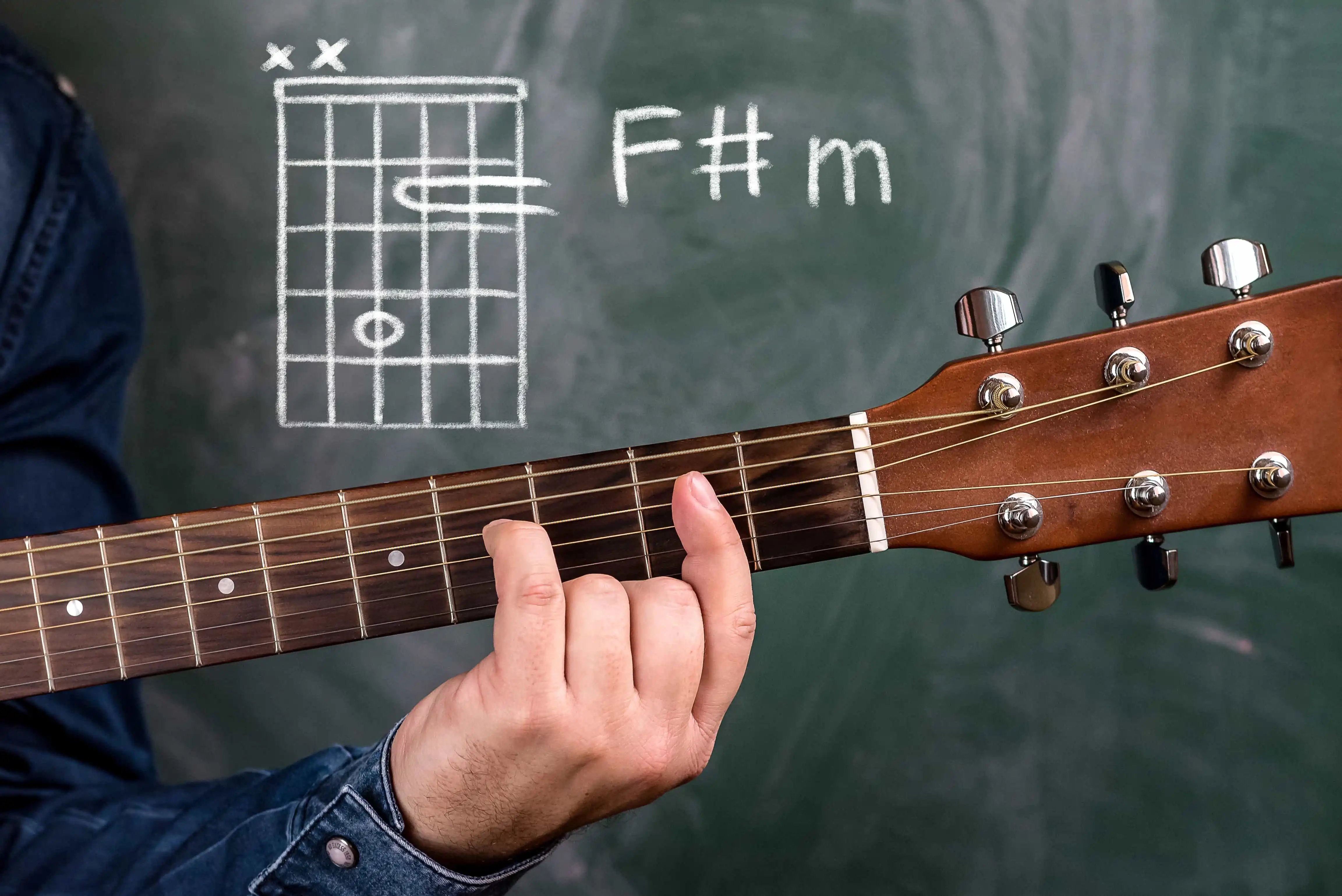
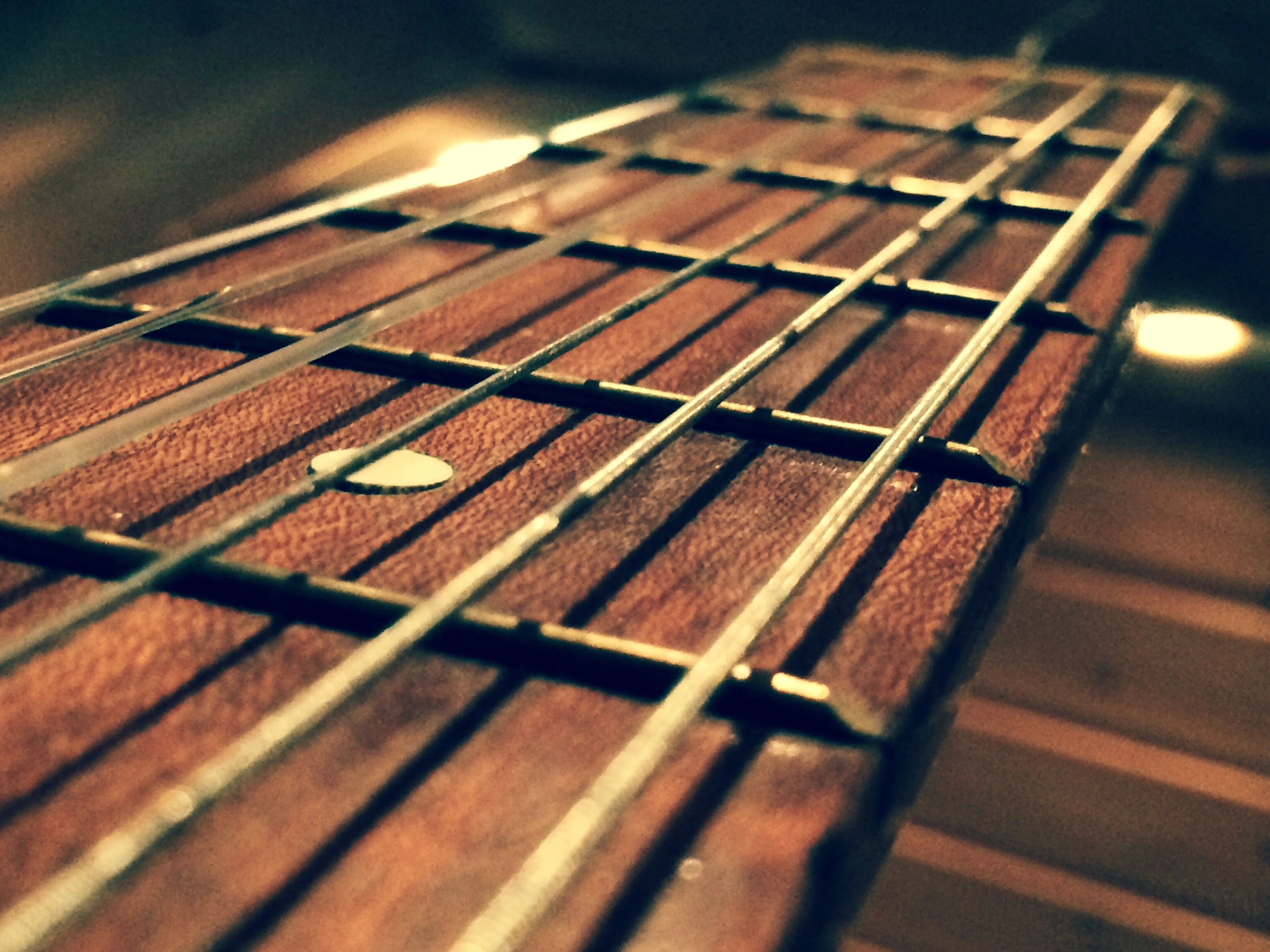
.webp)

